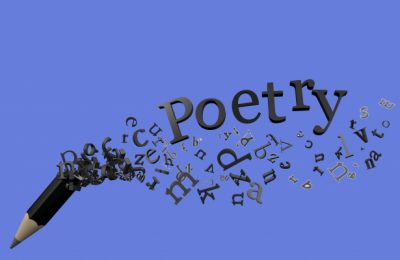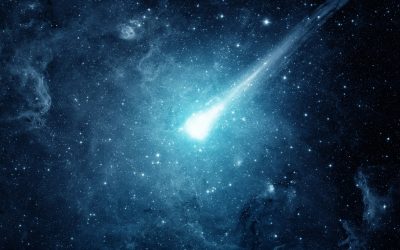 Science fiction author Bill Copeland has created an exciting new series called the Cosmology Revolution. Basically, it’s a series depicting how the Big Bang and relativity theories have influenced our view of the universe. In fact, our universe has been greatly influenced by significant historical events as well as by people’s imaginations. A great example of this is the way science fiction has had a profound effect on science and technology.
Science fiction author Bill Copeland has created an exciting new series called the Cosmology Revolution. Basically, it’s a series depicting how the Big Bang and relativity theories have influenced our view of the universe. In fact, our universe has been greatly influenced by significant historical events as well as by people’s imaginations. A great example of this is the way science fiction has had a profound effect on science and technology.
Often, events described in works of science fiction can inspire real-life scientists to pursue breakthroughs in technology. For example, the idea of achieving long-distance communication by having radio signals bounce off of satellites was included in one of science fiction writer Arthur C. Clark’s works from 1945. You can also draw parallels between the communicators used in the Star Trek series and the smartphones of today.
As technology advances at an ever-increasing pace, science fiction seems to play an increasingly significant role in these advancements. Whether science fiction is used for theoretical design research or exploring new forms of human-computer interaction, its profound influence on real-world science is undeniable. Even the study of human body modification is explored through science fiction. Bill Copeland invites you to delve deeper into this realm with his Cosmology Revolution series.




